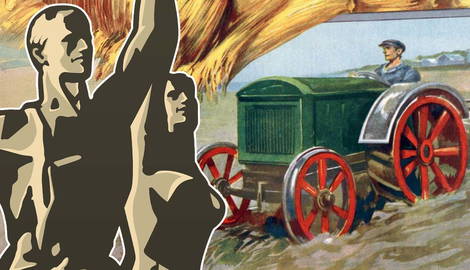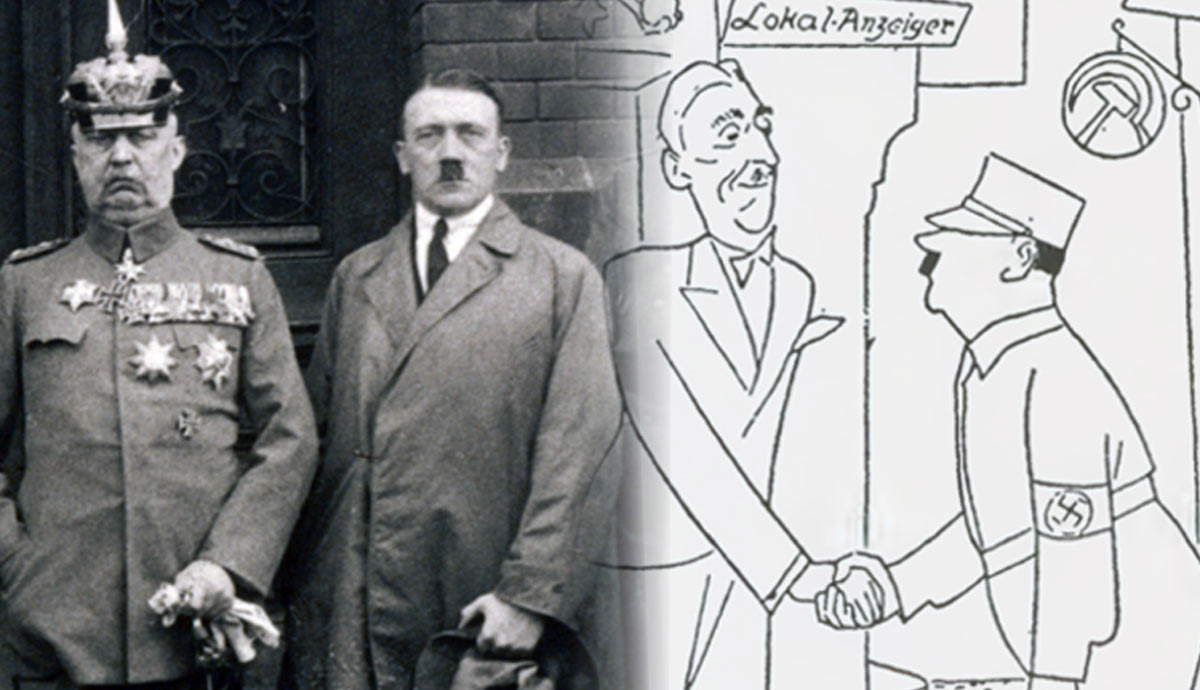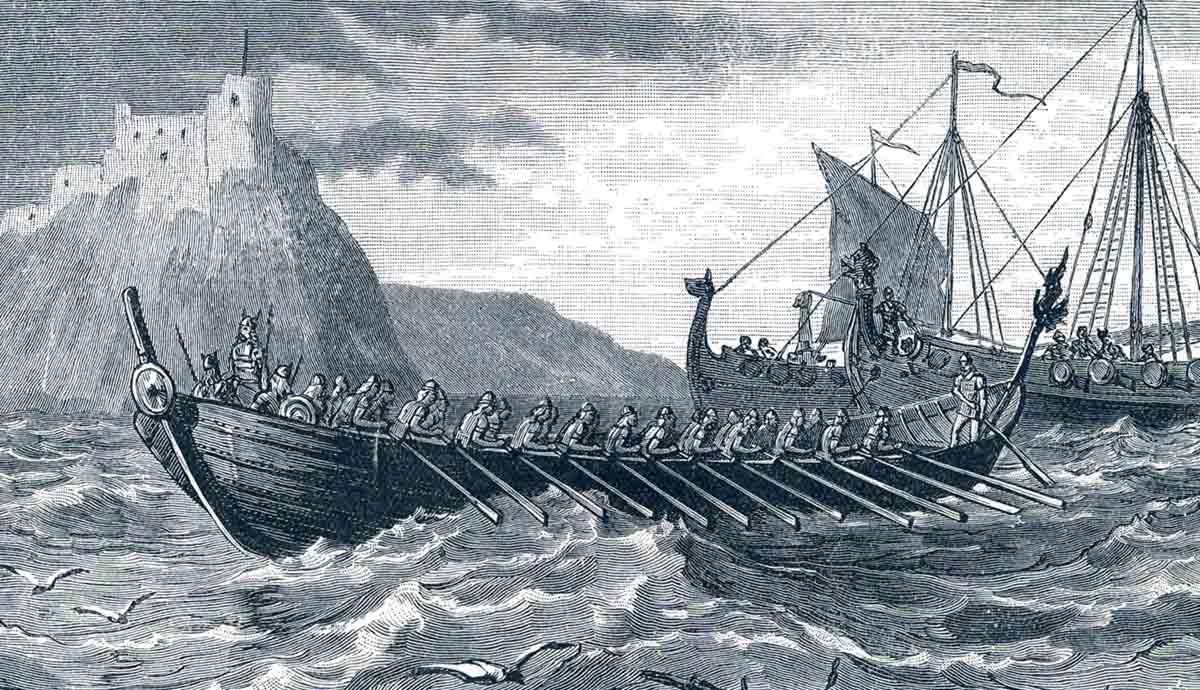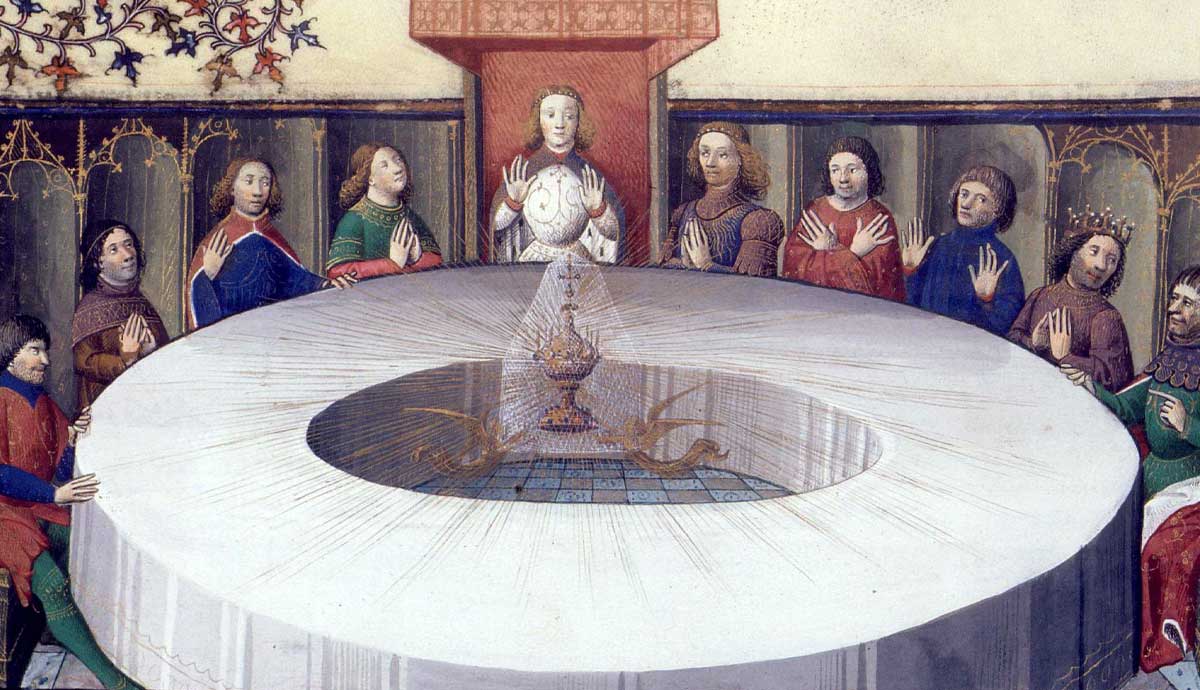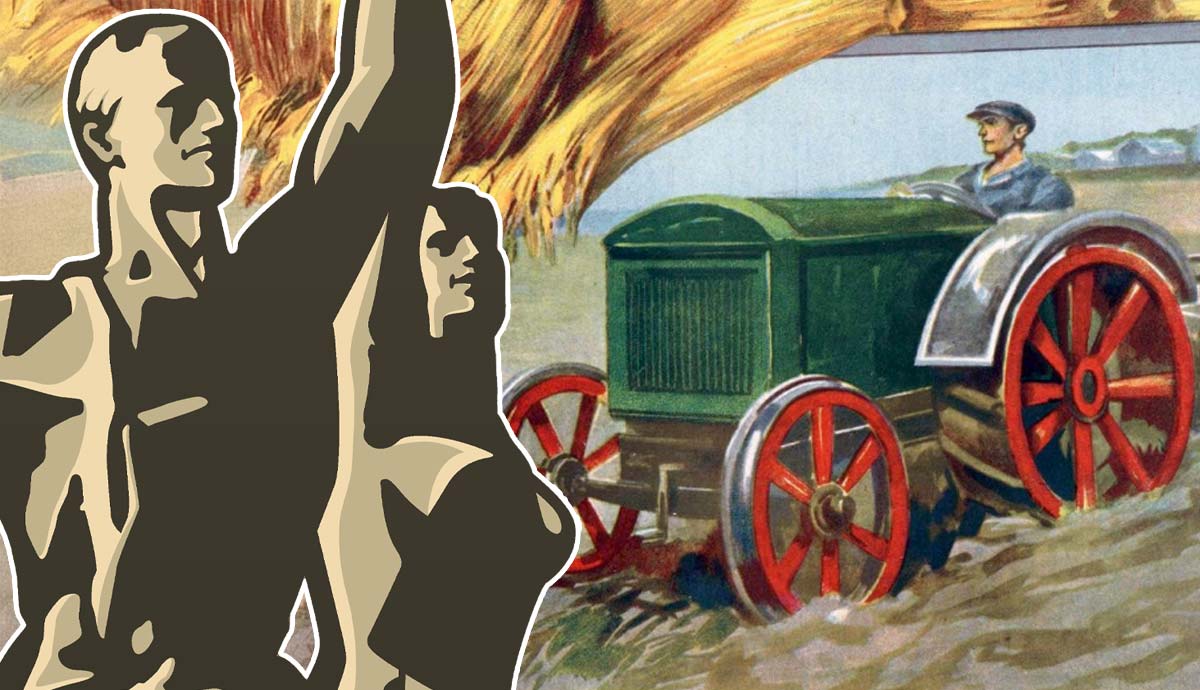
From the 1920s onward, the Soviet Union began the process of industrialization with an aggressive policy known as collectivization. However, transforming the rural economy over such a short space of time affected the lives of millions of people. To come to terms with how collectivization worked on a national scale, the mechanisms of forced collectivization have to be examined, as well as the role of the state and the long-term consequences for the society and economy of the Soviet Union.
The Early Origins of Collectivization

The structure of land ownership in the Soviet Union dates back to 1861 when Tsar Alexander II of Russia abolished serfdom. After the practice was outlawed, Russian peasants took over direct ownership of almost half of the available agricultural land. However, despite efforts by the government to stabilize the rural economy, the vast majority of land in Russia was unevenly distributed among peasant farmers, with some rural families owning considerably more than others.
When Vladimir Lenin led the Bolshevik Revolution in 1917, he promised the people of Russia “peace, land, and bread,” which in practice meant the equal distribution of land and food among the population.
After communist forces won the Russian Civil War, the economy moved slowly toward collectivization. One of the first steps was taken under Lenin’s New Economic Policy (NEP), which introduced a tax on surplus agricultural products that encouraged peasants to hand over any food they would usually have withheld from the state. The tax was not popular, and many referred to it simply as a “food tax.”
The Demonization of the Kulaks

After Lenin died in 1923, Joseph Stalin rose to power as head of the Soviet state, and under his direction, the forced collectivization of agriculture in the USSR began to take shape. The Communist Party was suspicious of private agriculture and sought to rapidly modernize the relatively backward agricultural economy. Therefore, the kulak peasant class, poor rural families that owned land and employed workers, was deemed the main enemy of collectivism and was slowly demonized by the Soviet state.
Beyond ideological objectives, Joseph Stalin sought to bring about a fast pace of heavy industrialization, which required greater agricultural surpluses to support an expanding industrial workforce and use grain exports to finance the import of machinery. The goal of collectivization was to provide social services, bolster state authority, and organize peasants into a cooperative economic system.
Moreover, the Bolsheviks employed collectivization as a way of eradicating the kulaks and peasants. Stalin saw peasants as a serious threat to socialism and treated them with extreme distrust. He guaranteed peasant compliance with the communal farm system and state-mandated grain quotas by implementing collectivization, which addressed grain shortages.
The 1928 Grain Crisis and Collectivization

The huge amounts of grain needed to fuel Stalin’s five-year plan prompted the USSR to begin the process of grain requisitioning, essentially taking the harvest by force. Rural communities fiercely opposed the policy, but Stalin doubled down and blamed the grain shortages on the kulak peasant class, whom he accused of hoarding their crop.
Despite the opposition from rural communities, in 1928, Soviet authorities managed to requisition nearly three million tonnes of grain. However, rather than encouraging more grain production, this policy dissuaded farmers because any extra crop produced would have been forcibly taken by the state. As a result, a large number of people from rural areas began to migrate to urban centers in search of work, as farming under such conditions had no longer become viable.

The year following the grain requisitions saw widespread violence among rural communities that protested the actions of the state. This led to some farmers hiding their crops from Soviet authorities and transferring them between other rural communities. In direct response to these actions, which seemingly confirmed Stalin’s demonization of the Kulaks, the USSR launched the national collectivization campaign in 1929. The primary aim of this was to consolidate small farms into larger state-run collective farms (called kolkhozes in Russian) in an attempt to meet the high demands of Stalin’s five-year plan.
Farmers who were willing to join collective farms were given better land and reduced taxes; those who declined were given worse land and had to pay more taxes. The central government turned to more severe tactics if farmers still resisted collectivization. A large number of kulaks were sent to labor camps or far-off collective farms. There was a notable decrease in livestock as a result of some peasants’ protests, in which they killed their animals rather than giving them up to the collective farms.
Collectivization Gathers Pace

Collectivization started slowly but soon increased in pace between the autumn of 1929 and the winter of 1930. Across the USSR, the rate of collectivization rose from 7.4% in September to 15% by December 1929. The pattern continued until 11 million households had officially joined collectivized farms by the start of 1930, bringing the total to over 60%.
To further increase the mechanization of agriculture, Soviet authorities transferred twenty-five thousand industrial workers from the cities to the countryside between 1929 and 1933. These workers, known as “the twenty-five thousand,” aimed to boost grain production. One key objective of collectivization was to use scientific farming methods and modern technology to transform the incredibly backward Soviet rural economy into something comparable to Europe and the United States. The symbol of this effort became the American Fordson tractors that replaced the medieval tools that some rural workers still used.
The Dizzying Success of Collectivization

On the surface, collectivization was a positive force for the Soviet economy. In practice, it meant the livelihoods of rural families were lost, their tools destroyed, grain stolen, and sometimes their way of life changed forever. In an attempt to combat this, Joseph Stalin published an essay on collectivization in 1930 titled “Dizzy from Success,” in which he blamed the negative effects of the process on over-enthusiastic local officials and the kulaks themselves. The essay had the opposite effect and caused a large-scale peasant exodus from state-run collective farms. By June 1930, only around 24% of peasant households belonged to a collective farm, down from roughly 58% in March 1930.
However, collectivization gathered pace again in the last half of 1930. By 1931, half of Soviet peasants had been brought back to collective farms due to a variety of administrative pressures, including capital punishment. As a result of the increasing violence of Stalin’s great purge, nearly all peasants had been collectivized into state farms by the end of 1936.
However, millions of peasants refused to submit and were sent to prison camps and eliminated from the agricultural workforce. The new collective farms were further hindered by the absence of heavy agricultural machinery and the loss of animals and horses that some farmers had slaughtered as they were taken away to prison camps. Regardless of the agricultural output offered by the rural communities, increasingly over-zealous government officials continued to take huge quantities of agricultural products in order to meet state quotas and raise money for industrial investment.
Collectivization and the Holodomor

The Great Famine, which spread across the Soviet Union from 1932 to 1933, was largely caused by disruption brought on by collectivization. One region where the famine had the most dire consequences was Ukraine, a country renowned for its fertile soil. In Ukrainian, this period of famine is known as the Holodomor.
The situation in Ukraine was made even worse by the great purge Stalin had begun that targeted academics and communist leaders in Ukraine, which had disastrous long-term implications for the area. The Soviet leadership had also placed many Ukrainian communities on a blocklist and imposed penalties because it believed they were sabotaging food deliveries. As a result of collectivization and state repression, approximately 3.9 million Ukrainians died as a result of famine between 1932 and 1933.
Collectivization as a “Second Serfdom”

For many rural farming communities, the process of collectivization was perceived as a kind of “second serfdom.” For instance, Soviet farmers were forced to join collective farms, and some were not allowed to leave without authorization. In addition, the state forcibly requisitioned grain from farms and kept agricultural prices artificially low, a combination that locked farmers into a life of servitude on the collective farm. For many, this so-called “second serfdom” represented a betrayal of the communist ideas that had led to the Russian Revolution in the first place. The revolution had promised to grant peasants more freedom and land, but instead, the state stole their land and cattle for collective farms under state supervision.
Further Consequences of Collectivization: Was it a Success?

While the Holodomor in Ukraine was by far the worst result of collectivization, the policy had other far-reaching effects. Through state-run collective farms, the Soviet Union sought to artificially keep grain out of the market to increase its export price to finance industrialization. This meant that the cost of food for ordinary people was wildly disproportionate.
Furthermore, kulak farmers faced the threat of execution, deportation, or labor camps if they refused to give up their land. Once they were deported, these farmers were replaced by untrained urban peasants who did not know how to farm the land; this created an inefficient and import-dependent farming sector. Notably, overall crop yields actually fell under Stalin’s mismanaged regime, and by the 1980s, Soviet farmers were only producing roughly 10% of what their American counterparts were. Furthermore, mismanagement and corruption in the Soviet industrial sector prevented the production of promised tractors for agricultural workers. Therefore, neither the modernization nor the industrialization of the Soviet agricultural sector was fully realized by collectivization.
In addition, Stalin ordered the Soviet army to seize any food that was available when grain quotas were not fulfilled. Stalin also silenced journalists who claimed that collectivization policies were worsening famine conditions. The remaining Kulaks were blamed for the problems of collectivization; Soviet propaganda accused them of deliberately creating food shortages by storing crops to be sold at a higher price, a tactic used to cover up weak harvests.
